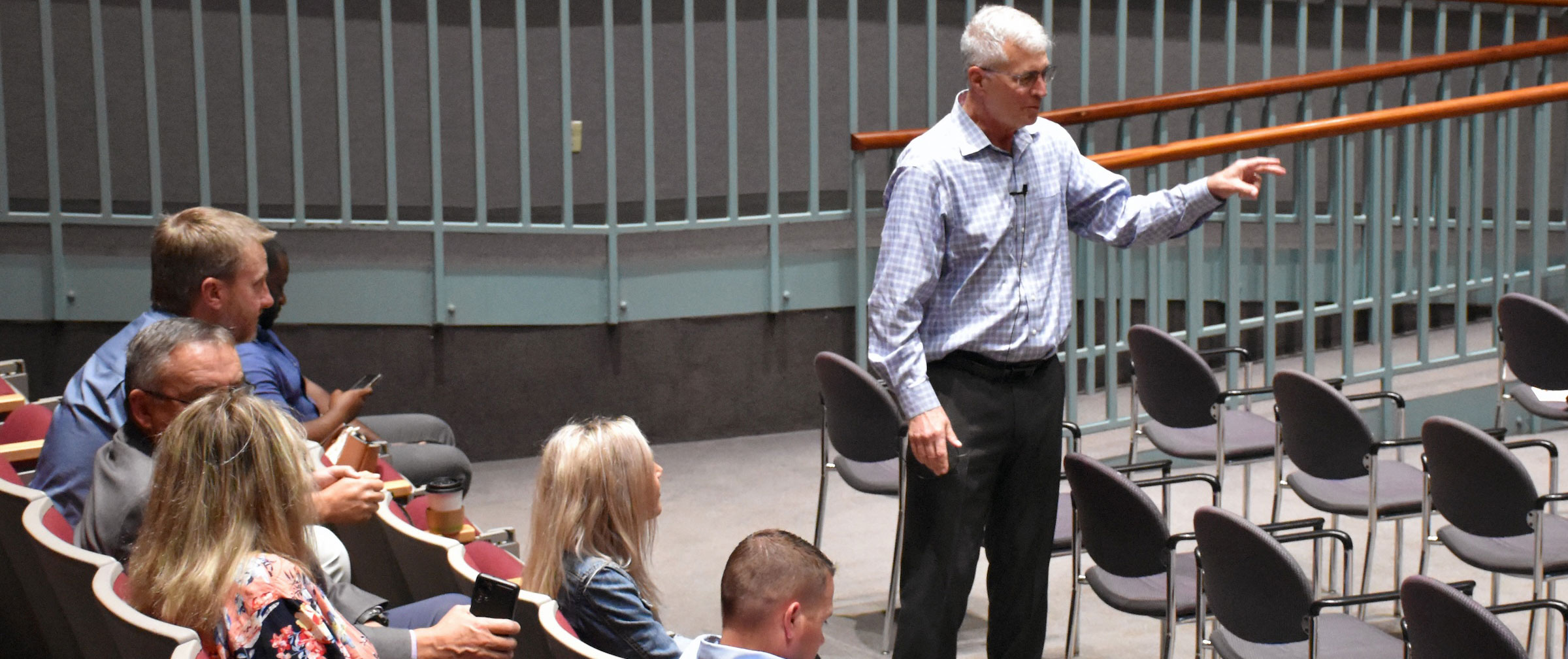Early in my practice a patient came in to see me for a routine physical. “I feel great, doc. I just need a physical and this form filled out.”. On exam, everything was completely normal except for a blood pressure of 180/100. “You are not fine.”, I told him, ” You have high blood pressure.”. I then proceeded to outline for him all of the things he needed to do such as exercise, lose weight, cut down on sodium, etc.,. But the patient wasn’t interested; he felt just fine and left. I did not hear anything else from him.
Several years later he returned to see me, “I feel great, doc. I just need that physical again. I didn’t need to do all those awful things you told me!”. And of course, on exam everything was fine except now his blood pressure was 220/110. I told him he had developed significant hypertension, required medication immediately, and maybe even needed to come into the hospital. “I feel great.”, he said again and left my office.
Two days later he had a major stroke. Fortunately he did not die, but he was now in the ICU paralyzed and unable to talk.
This is not an unusual story. All caregivers have similar examples and have been frustrated with the clinical management of patients with hypertension. High blood pressure is an extremely common disorder, yet has virtually no symptoms, especially in the early stages. But hypertension does not go away. It continues to damage the body silently– until some bad thing happens like a stroke.
Sadly, one thing that we all have learned as clinicians, is that once the bad thing does occur, like a stroke, patients usually become more compliant. That patient was now motivated to take care of himself and comply with treatment, but it was way too late. Significant and likely irreversible damage had been done.
Cost is the “blood pressure” of health care. Health care costs have been going up significantly every year and economists have told us that our country cannot sustain such costs much longer. We have been presented with numerous recommendations to curb and contain this cost– all of which not very enjoyable.
But just like the patient with hypertension, our health care system is asymptomatic. We feel great. In fact, overall last year was a very good year for most hospitals. In 2015 physicians made more than ever before, although at the cost of greater productivity. But nevertheless it was a very good year. Patients were being seen and taken care of. We were not broken. We were not feeling any pain. The only thing wrong was some number that keeps going up.
I was taught in psychiatry years ago that patients do not change until the PAIN of changing exceeds the PAIN of staying the same. Put another way, you don’t stop getting what you are getting until you stop doing what you are doing!
We know our health care system is in trouble. We know we cannot sustain these continued and escalating costs, but cost is just another “number”. Blood pressure is just a number too. The bottom line is neither the system or the patient is feeling any pain. Our health care system is no different than my former patient.
Until the stroke! Until the disaster strikes our industry.
In my opinion, as leaders, our biggest challenge today in health care is the following:
How do we make the changes in health care we need to make BEFORE that stroke?
Once the bad thing happens, all participants will be much more motivated to change, but it will be too late. The damage will have been done. How do we motivate all of the stakeholders, from the hospitals and caregivers to the patients, to make the appropriate changes before the damage is done?
We cannot continue to ignore this number any more than my patient should not have ignored his number.
We may not wind up like my patient and only become compliant at the end, once considerable, irreversible damage was done. We know the changes that we need to make. As an industry, we need to address these costs throughout the entire system. We need to better determine the drivers of these costs, and develop strategies to curb this trend. And many of these strategies will be painful to a system that presently is not feeling the pain.
Health care costs need to be controlled and managed. But doing so will require us to do some uncomfortable and painful things (not unlike what I advised my patient about losing weight, exercising and eating less salt). No one wants to be the first to volunteer to do something that is uncomfortable. No one wants to introduce painful change in the absence of any other type of pain.
Therein lies our dilemma and our opportunity. Lets learn a lesson from my patient. Our health care system is not destined to have the same result as my patient…. we have identified an abnormal indicator. We have been given the warning. We can develop treatments for this problem. Will we have the courage and foresight to follow the advice that we give to our patients every day?
I hope so.




